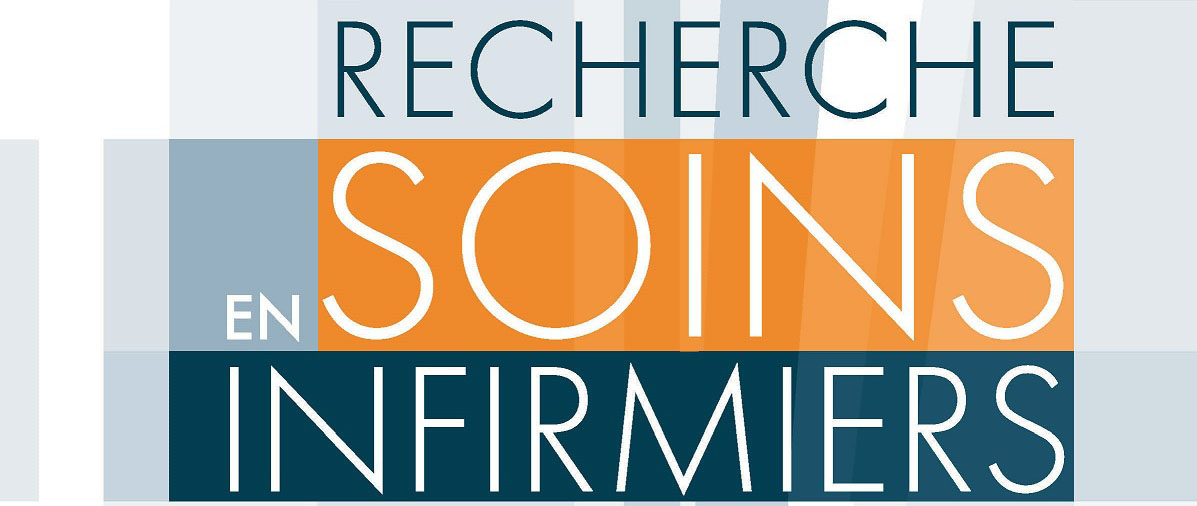An analysis of qualitative data collection methods used in research on adolescents
Introduction: There has been remarkable growth in research on adolescents in the last decade, particularly in nursing science. Objective: The aim of this article is to produce an overview of findings justifying the use of qualitative methods in collecting data from adolescents. Method: A literature review identified relevant articles (N: 27) from digital databases. Findings: While the studies carried out on adolescents were on different topics, the data collection methods were often similar. Most of the studies used more than one technique to combine scientific rigor with the way the adolescents expressed themselves. In order to understand various phenomena, their context and the meaning given to the experiences proved essential. Conclusion: In qualitative research on adolescents, it is important to use data collection methods that make it possible to clearly target the experience explored and to orient and guide the individual toward deepening that experience in order to favor the emergence of his or her point of view. Data collection methods based on written communication have to be complemented with other methods that are more focused on oral communication so as to draw out interpretations reflecting adolescents’ points of view as accurately as possible.
Key words
- teenagers
- qualitative research
- data collection
